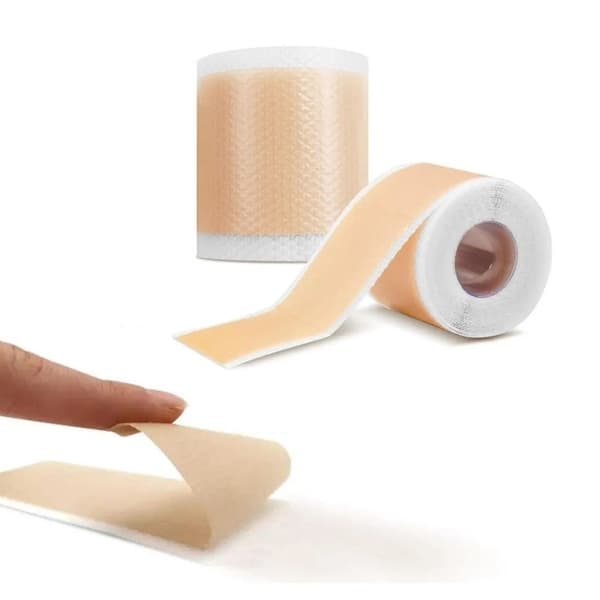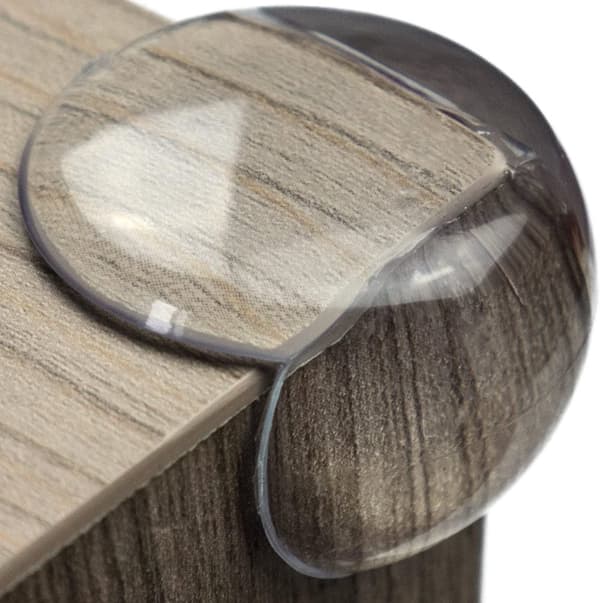
Building for Eternity
504 kr
504 kr
Tidligere laveste pris:
512 kr
Fr., 13 juni - to., 19 juni
Sikker betaling
14 dagers åpent kjøp
Selges og leveres av
AdlibrisProduktbeskrivelse
This book explains how the Romans built so successfully in the sea with their new invention. The story is a stimulating mix of archaeological, geological, historical and chemical research, with relevance to both ancient and modern technology. It also breaks new ground in bridging the gap between science and the humanities by integrating analytical materials science, history, and archaeology, along with underwater exploration. The book will be of interest to anyone interested in Roman architecture and engineering, and it will hold special interest for geologists and mineralogists studying the material characteristics of pyroclastic volcanic rocks and their alteration in seawater brines. The demonstrable durability and longevity of Roman maritime concrete structures may be of special interest to engineers working on cementing materials appropriate for the long-term storage of hazardous substances such as radioactive waste.
A pioneering methodology was used to bore into maritime structures both on land and in the sea to collect concrete cores for testing in the research laboratories of the CTG Italcementi Group, a leading cement producer in Italy, the University of Berkeley, and elsewhere. The resulting mechanical, chemical and physical analysis of 36 concrete samples taken from 11 sites in Italy and the eastern Mediterranean have helped fill many gaps in our knowledge of how the Romans built in the sea. To gain even more knowledge of the ancient maritime technology, the directors of the Roman Maritime Concrete Study (ROMACONS) engaged in an ambitious and unique experimental archaeological project – the construction underwater of a reproduction of a Roman concrete pier or pila. The same raw materials and tools available to the ancient builders were employed to produce a reproduction concrete structure that appears to be remarkably similar to the ancient one studied during ROMACON’s fieldwork between 2002-2009.
This volume reveals a remarkable and unique archaeological project that highlights the synergy that now exists between the humanities and science in our continuing efforts to understand the past. It will quickly become a standard research tool for all interested in Roman building both in the sea and on land, and in the history and chemistry of marine concrete. The authors also hope that the data and observations it presents will stimulate further research by scholars and students into related topics, since we have so much more to learn in the years ahead.
Artikkel nr.
f599d848-9a39-407f-9637-11abd75ac4d9
Building for Eternity
504 kr
504 kr
Tidligere laveste pris:
512 kr
Fr., 13 juni - to., 19 juni
Sikker betaling
14 dagers åpent kjøp
Selges og leveres av
AdlibrisLignende toppselgere

POP MART Labubu The Monsters – Exciting Macaron Blind Box 17 cm Vinylfigur | Samleleke | Designerfigur | Originalt produkt
249 kr

1 stk POP MART Labubu 3.0 Big into Energy Blind Box-figur – The Monsters Vinyl Plysch Hänge 17 cm (tilfeldig farge, enkel pakke)
249 kr

POP MART Labubu The Monsters Big into Energy 17 cm
239 kr

Labubu The Monsters Macaron Blind Box fra POP MART
259 kr

Øreputer for Bose QuietComfort - QC35/QC25/QC15/AE2 Hodetelefoner Svart
99 kr

1 stk POP MART Labubu 2.0 The Monsters Macaron Blind Box Plysjfigur (tilfeldig farge, 17 cm, generasjon 2, 1-pakning)
249 kr

1 kpl POP MART Labubu The Monsters Spennende Macaron Plysjfigur leketøy Blind Box (tilfeldig farge, 17 cm, 1 pakke)
239 kr

POP MART Labubu The Monsters – Big into Energy Series Blind Box 17 cm Vinylfigur | Samlefigur | Designerleke | Originalt produkt
249 kr

INF TYPE-C Dual SD/TF-kortleser for rask dataoverføring 0
99 kr
Tidligere laveste pris:
107 kr

Luftrenseenhet - Renser / Saniterer luften - 20,000 mg/h
599 kr
Anbefalinger til dig

Microfiberklud PVAmicro 38x35cm grøn,5 stk/pk
308 kr

Silikontape / Plaster for Arr – Behandling av arr
99 kr

3-Pak - Fidget Spinners med Sugekopp for Barn
119 kr
Tidligere laveste pris:
139 kr

Hundetrimmer / Potetrimmer - Trimmer for Poter
199 kr

Afnan Supremacy Collector's Edition Eau De Parfum 100 ml (man)
687 kr

Øreputer til Bose QuietComfort - QC45 Hodetelefoner
99 kr

French Avenue Liquid Brun Eau De Parfum 100 ml (man)
483 kr
Tidligere laveste pris:
513 kr

6x60ml = 360ml - Kirkland Extra Strength 5% Men Hair Regrowth 60ml Hair Loss
1 390 kr

G9 LED-lyspærer – Varmhvit – 10stk
119 kr

10x Premium hjørnebeskyttelse og kantbeskyttelse for barn
119 kr
Tidligere laveste pris:
146 kr